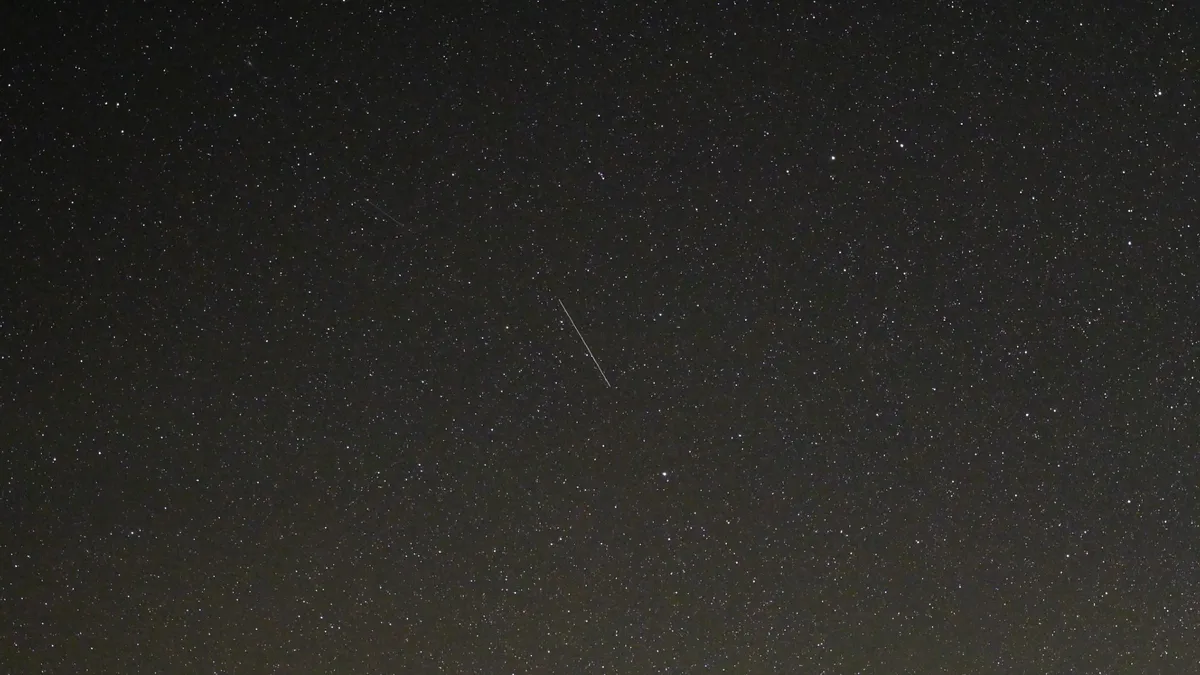
The Eta Aquarid meteor shower is poised to reach its peak on the morning of Tuesday, May 6, delivering an awe-inspiring cosmic display of shooting stars and possibly breathtaking fireballs. This celestial event occurs as Earth travels through the debris trail left behind by Halley’s Comet, creating a stunning light show in the night sky.
This year's Eta Aquarid shower will peak on the nights of May 5 and May 6, with optimal viewing conditions allowing stargazers to witness up to 50 meteors per hour. According to NASA, the meteors will appear to radiate from the constellation Aquarius, which is particularly well-positioned for viewers in the Southern Hemisphere during this time, maximizing the chances of spotting these celestial wonders.
Although the peak nights are May 5-6, the Eta Aquarid meteor shower has been active since April 20. Stargazers are encouraged to keep an eye on the skies in the days leading up to the peak, as the meteor activity will continue to be visible.
For those located in the Northern Hemisphere, the best time to observe the Eta Aquarids is during the pre-dawn hours. This is when the radiant, along with the constellation Aquarius, will rise in the eastern sky. For instance, viewers in New York can expect to see approximately 10 meteors per hour. However, the position of Aquarius may be lower on the eastern horizon for those in mid-northern latitudes, making it somewhat challenging to catch a glimpse of the meteors.
As Earth traverses Halley’s sweeping orbital path in early May, countless tiny pieces of cometary debris will enter our atmosphere at astonishing speeds of up to 40 miles per second (or 65.4 km per second). When these particles collide with the atmosphere, they compress the air in front of them, generating friction that causes them to disintegrate. This process results in dazzling flashes of light that can be visible to the naked eye, provided the conditions are right. The Eta Aquarid meteors are particularly known for leaving behind glowing debris trails, adding to the spectacle of the event.
To maximize your experience, aim to find a patch of sky that is 40 degrees away from the radiant in the direction of your local zenith—the point directly above you. It’s essential to allow your eyes at least 30 minutes to adapt to the darkness for the best viewing experience. Remember, 10 degrees in the night sky is roughly equivalent to the width of your clenched fist when held at arm's length.
Additionally, during these active periods, there’s a possibility that larger clumps of primordial debris shed by Halley’s Comet may enter our atmosphere, leading to dramatic fireball events that can light up the sky before disintegrating.
Interested in capturing the beauty of the Eta Aquarid meteor shower through photography? Check out our comprehensive guide on how to photograph meteor showers. This guide covers everything you need to know, from the essential gear to use to tips on shot composition, ensuring you don’t miss out on capturing this celestial phenomenon.
Don’t miss the opportunity to witness the stunning Eta Aquarid meteor shower this May. Mark your calendars and prepare for a night filled with cosmic wonder!